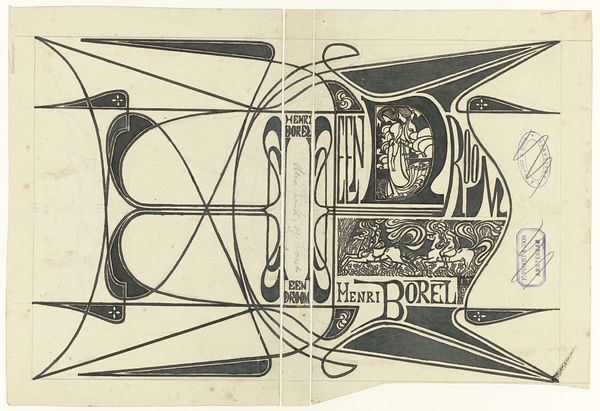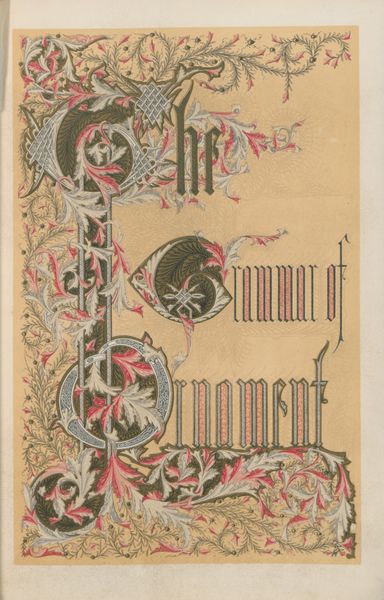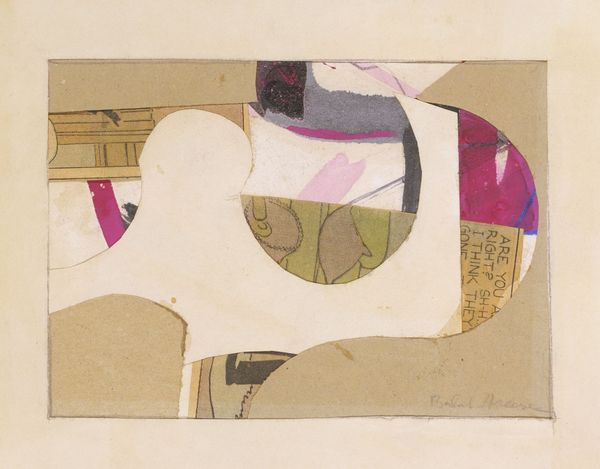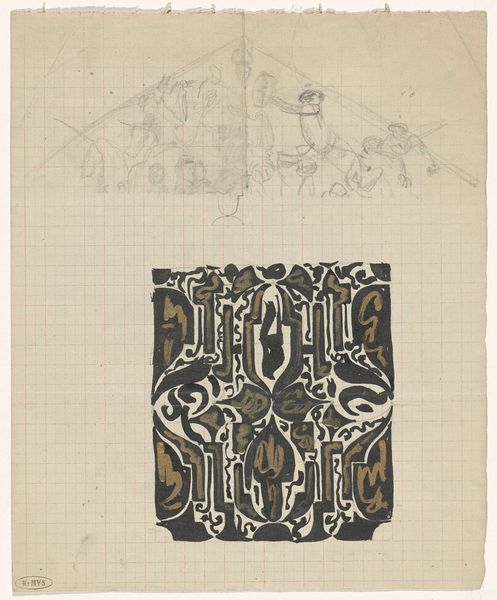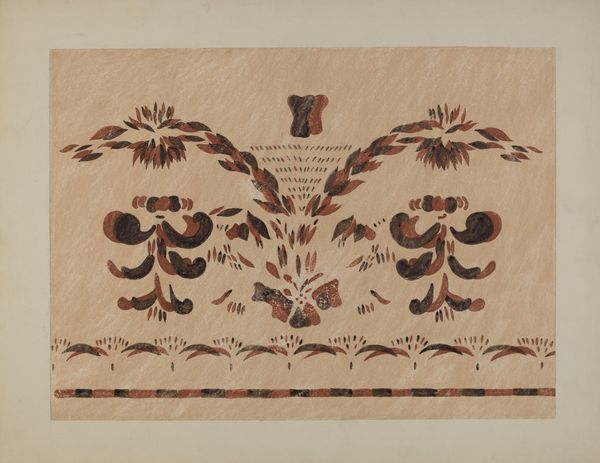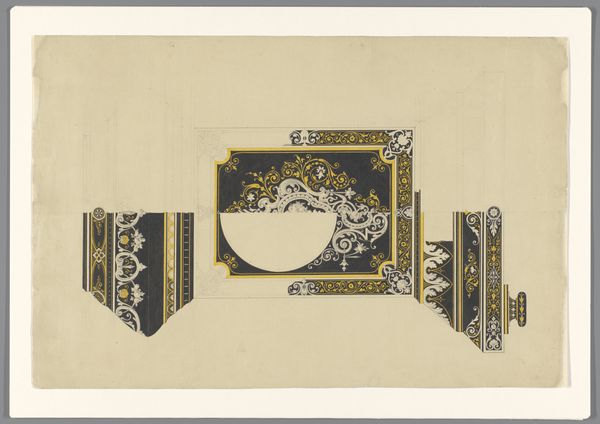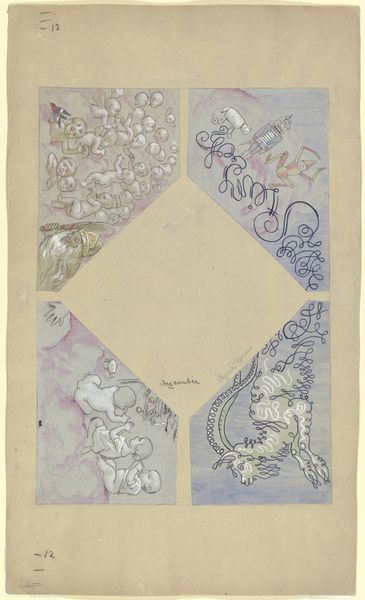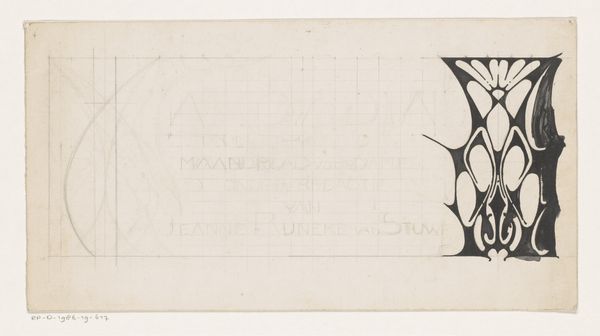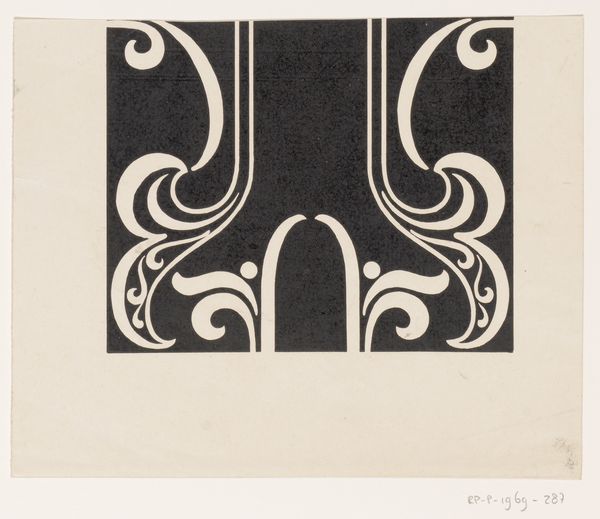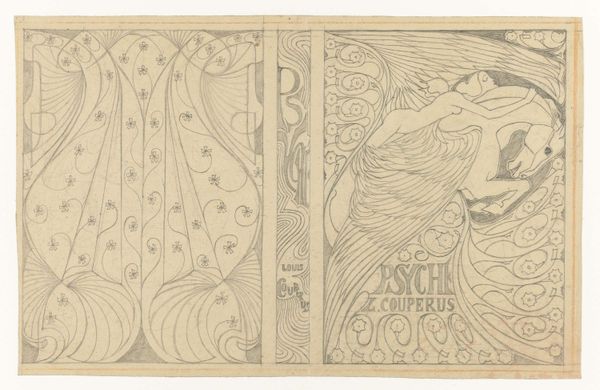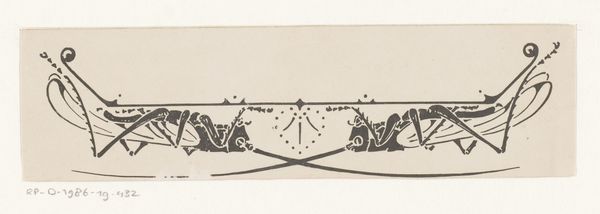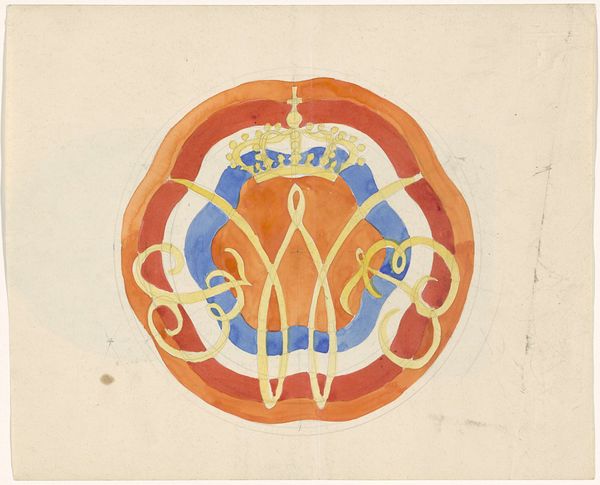
drawing, tempera, paper, ink
#
drawing
#
toned paper
#
medieval
#
narrative-art
#
tempera
#
paper
#
ink
#
watercolour illustration
#
miniature
#
calligraphy
Copyright: Public Domain
Curator: Looking at this miniature drawing entitled "Glaub mir alles, was du hörst"—which translates to "Believe Everything You Hear"—a strange juxtaposition of imagery and text rises from the page. What do you see here, from your perspective? Editor: Initially, the stark lettering leaps out—it feels declarative and commanding, almost like propaganda. The imagery feels medieval, dark and complex, full of struggle and possibly violence. Curator: The artist is Johann Baptist Scholl the Younger, though the exact date of creation remains unknown. It is held here at the Städel Museum, constructed using ink, tempera, and watercolour on toned paper. It’s fascinating how the artist integrates the figures within and around the oversized initial letter, isn’t it? It gives a glimpse into manuscript illumination and early printing. Editor: It really does draw on that illuminated manuscript tradition. And the phrase itself, set against that backdrop of possible religious or political upheaval… I'm instantly suspicious of the assertion “Believe Everything You Hear”. Who benefits from such widespread, unquestioning faith, especially when paired with such tormented-looking figures? Curator: Consider how this image plays with authority and credulity, core aspects in any culture that transmits values through writing. It depicts one man with a scroll—the bearer of supposed truth—and a reclining figure at his feet—a potential recipient or victim of this belief. It almost functions as a symbol of persuasion itself, wouldn't you agree? Editor: Absolutely. It becomes a potent visual metaphor for power dynamics—who gets to speak, who must listen, and at what cost. Are they being indoctrinated or are they genuinely gaining some understanding from these lessons? It forces us to consider the relationship between knowledge, faith, and submission. Curator: Yes, and the very craft of the miniature invites close, careful consideration of these details. Each element—the lettering, the characters’ postures, the muted colour palette—all reinforces the notion that beliefs and the visual propagation of information require nuanced consideration. Editor: It is hard not to consider propaganda as a relevant contemporary theory given current discourse on social media and visual consumption. Considering those historical and contemporary contexts, this work becomes disturbingly resonant. Curator: Indeed. In this small artwork, so many critical components of human psychology converge. It’s left me with so much to consider in terms of historical impact. Editor: Me too. The way historical artworks like this one speaks to our modern moment is unnerving.
Comments
No comments
Be the first to comment and join the conversation on the ultimate creative platform.
